June 07, 2022
Top 8 Monuments Built by the Mughals in India You Must Visit
CM Content Team

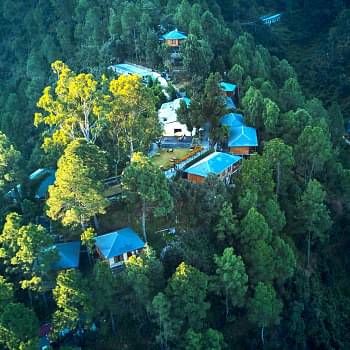
View all
140+
Resorts

View all
2000+
Experiences
'Only At Club Mahindra' Experiences
June 07, 2022
CM Content Team
India marvels a rich architectural heritage with some of the best monuments during the early 16th to mid 19th century under the Mughal rule. The Mughal reign in India lasted for more than 300 years, and during all these years, the various rulers have had a massive impact on the Indian culture, cuisine and architecture and etched their names in the history books forever.
During the Mughal rule, the great emperors built many magnificent monuments which stand tall as a testimony to their glorious reign. Some of the best Mughal monuments in India that everyone must visit are discussed below:
Here is the list of Top Mughal monuments in India
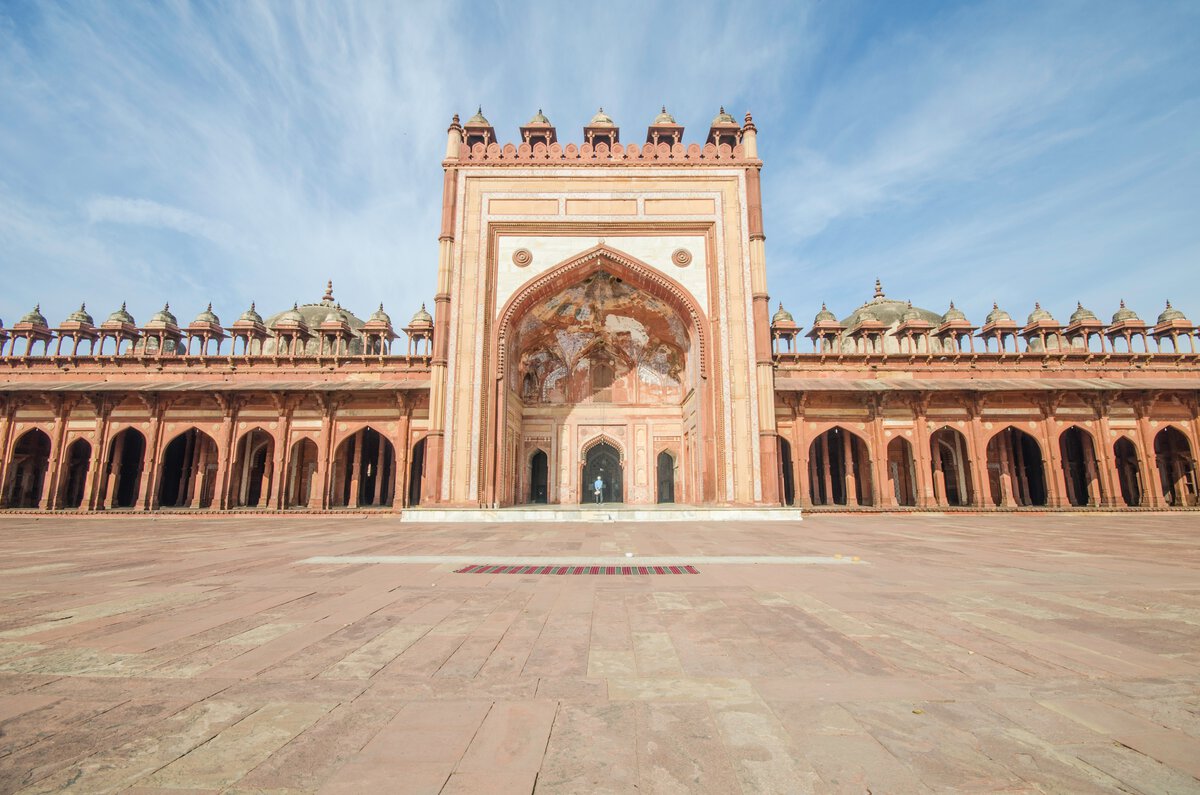
The Jama Masjid in Delhi, which is also known as Masjid-e-Jehan Numa is considered the epitome of Mughal architectural brilliance. Built by the great Mughal Emperor, Shah Jahan between 1650 and 1656, it is one of the largest mosques in India.
The 300+ year old shrine is adorned with white marbles and red sandstones and it comprises two minarets that are about 131 feet, three massive gates and three colossal domes. Facing the west towards Mecca, the mosque can accommodate about 25,000 people at once.
The mosque is one of the most popular tourist attractions in Delhi and an important place of worship for the Muslims. If you are in Delhi make sure that you do not miss seeing the magnificent monument that is reminiscent of the glorious Mughal dynasty.
Red Fort, Delhi
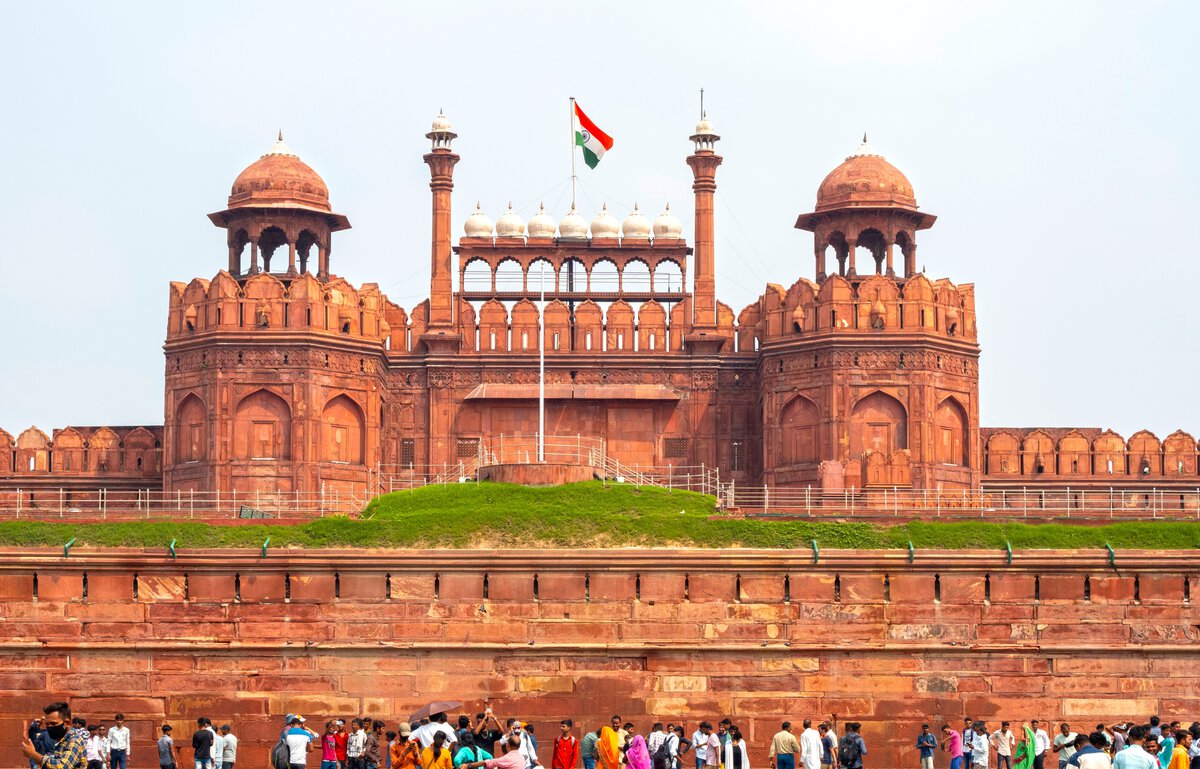
Talk about the monuments built by Mughals in India, and Red Fort would inevitably make it to the top 10 list. A UNESCO World Heritage Site, the fort was built during the period when Shah Jahan ruled India. Just as mesmerising and imposing as the magnificent monument is from the outside, it is equally beautiful from the inside and it holds many historic structures.
Some of the must-see buildings inside the fort are Moti Masjid, Meena Bazaar, Diwan-e-Khaas, Diwan-e-Aam and Ranga Mahal. Also, make sure that you explore the museum inside that exhibits a wide collection of the Mughal artefacts and much more.
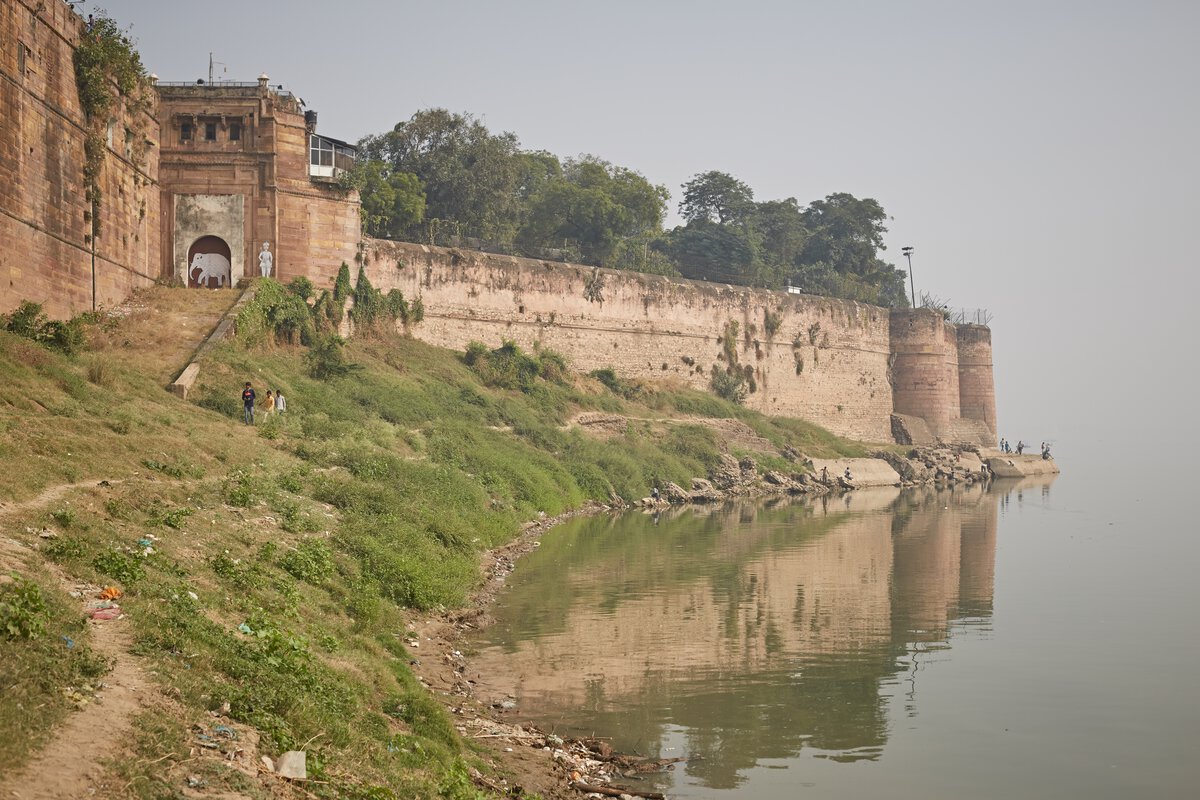
Located on the confluence of the two Holy rivers – Ganga and Yamuna, the fort is yet another monument-al gift of the Mughals to India. The fort, which holds great historical significance, has become one of the most-visited tourist attractions in UP.
The fort features a large palace, a temple and gigantic walls. One of the most noteworthy things about this fort is that the interior has both Hindu and Islamic artistry, reflecting the cultural integrity that has prevailed in India since the Mughal era.
Currently, a major portion of the fort is used by the Indian Army and only a limited area is open to the public.
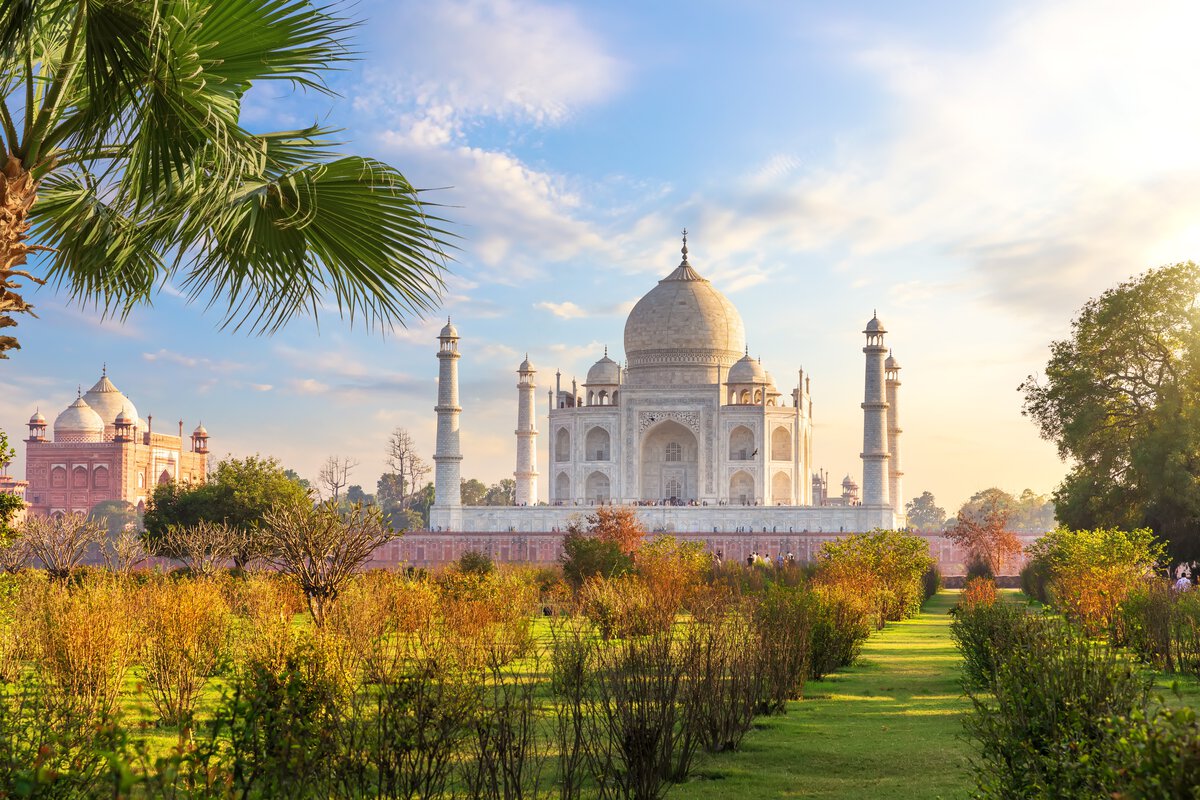
Unarguably the greatest symbol of love in the world, and one of the finest examples of Mughal architecture in India, the Taj Mahal was built by Emperor Shah Jahan as a memorial for his beloved wife, Mumtaz. The shiny white mausoleum made of marbles is one of the seven wonders of the world.
It took about 22 years to complete the construction of the structure and it is an architectural marvel that represents the Persian, Islamic and Turkish designs. If you are in Agra, it would be a sin not to visit this beautiful monument and be ready to be mesmerised by its ethereal beauty.
After a tour to the most majestic monuments you have seen in your life, you can spend your evening relaxing at the Ramada Plaza, an affiliate Club Mahindra Resort in Agra, Uttar Pradesh. Boasting of the most modern amenities and premium services, the resort in Agra ensures that you have the most memorable holiday.
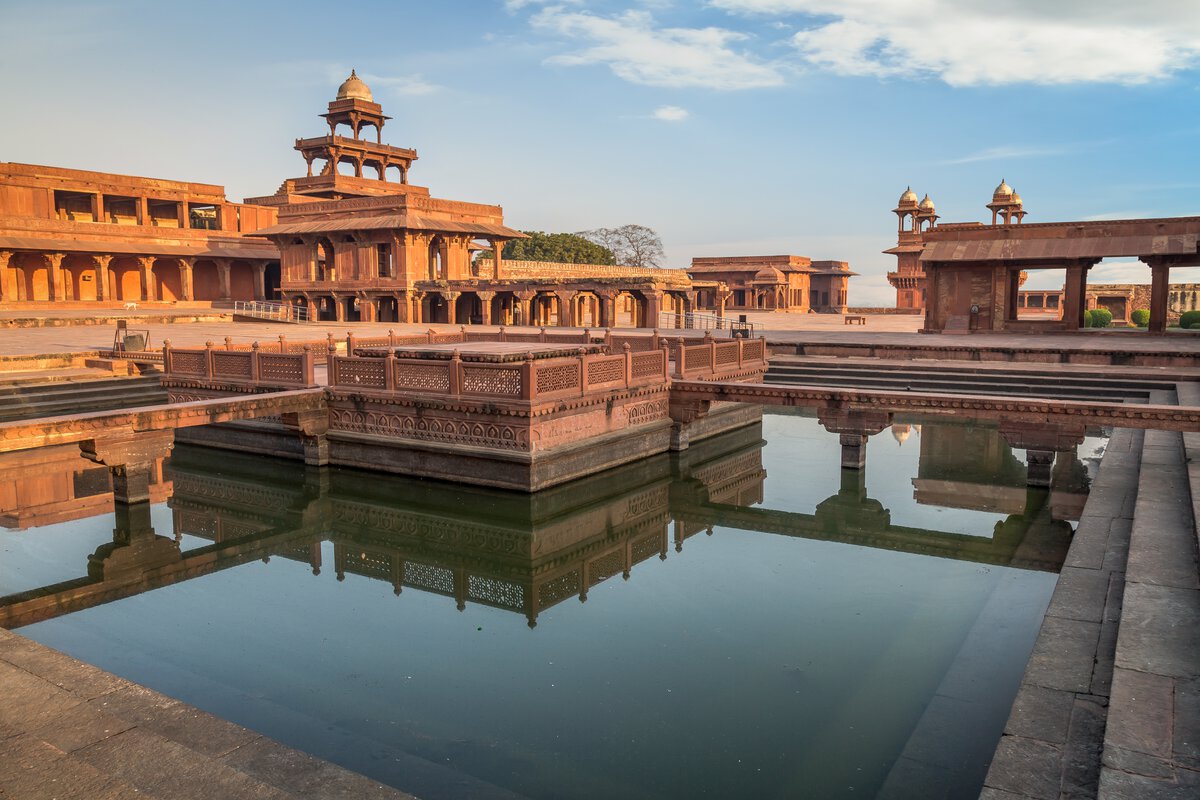
Another UNESCO World Heritage site in India, the Fatehpur Sikri is a fortified city that is one of the finest specimens of Mughal art and architecture in India. It has an interesting story attached to it; when Emperor Akbar visited Sikri in 1569, he found the place auspicious to be the capital of the Mughal dynasty and built the Fatehpur Sikri.
The complex comprises many iconic monuments, including the Buland Darawa, Panch Mahal, Birbal’s House, Palace of Jodha Bai, Jama Masjid and many more and all which are worth seeing.
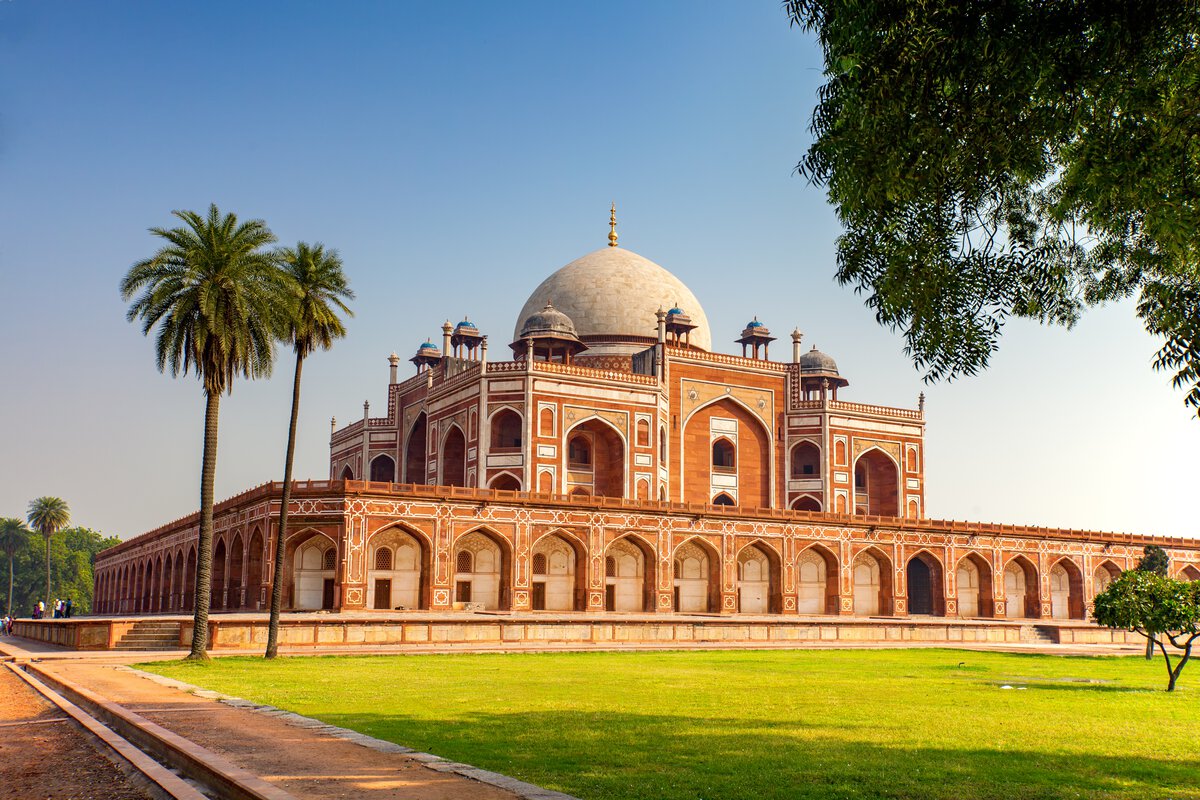
Emperor Akbar who gave India its many iconic monuments it is only fitting that his tomb is iconic as well. The tomb was commissioned by the great Emperor Akbar himself but it was completed during his son Jahangir's rule. Built in the signature Mughal style, the tomb is made of marbles and sandstone with meticulously placed geometric patterns.
True to Akbar’s beliefs of uniting India across all cultural and religious differences, the tomb boasts Buddhist, Islamic, Hindu, Jain and Christian style of architecture.
Humayun's Tomb stands as an exquisite testament to the refined aesthetics of Persian-inspired Mughal architecture. Nestled amidst verdant gardens that lend an air of serenity, the tomb's resplendent red sandstone structure adorned with intricate white marble embellishments epitomizes elegance and regality. This architectural marvel, commissioned by Empress Bega Begum, is a precursor to the renowned Taj Mahal and serves as the final resting place of the second Mughal Emperor, Humayun, adding a profound historical and cultural significance to its already captivating allure.
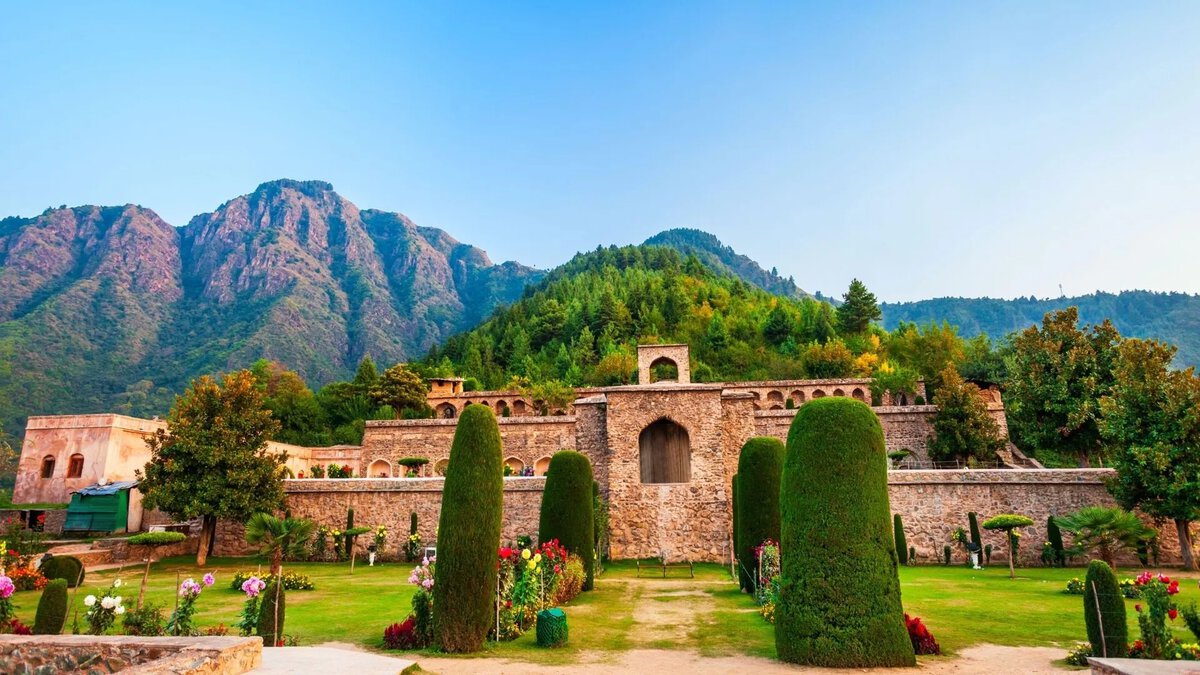
Perched gracefully on the Zabarwan Mountain Range, the "Palace of Fairies," known as Pari Mahal, unfolds its splendor across seven terraced gardens. Crafted under the discerning eye of Prince Dara Shikhoh, scion of the illustrious Shah Jahan, Pari Mahal stands as a sublime testament to Islamic traditional architecture, showcasing the Mughal Empire's rich patronage of art.
Set amidst meticulously manicured gardens, this celestial abode is a sensory delight for admirers of nature. The vibrant tapestry of multi-hued flowers and exotic fruits creates a scene reminiscent of a captivating fairytale, captivating the hearts of discerning visitors. Once the residence of Dara Shikhoh, Pari Mahal transformed into an observatory and a center of learning for astronomy and astrology, echoing the intellectual pursuits of its bygone era.
Today, Pari Mahal stands not only as a picturesque tourism attraction in Srinagar but as a living testament to the harmonious fusion of architectural brilliance, natural beauty, and intellectual enlightenment that defined the Mughal legacy.
This is not an exhaustive list of the best Mughal monuments in India, but these are the ones that you cannot miss seeing. The best thing about these monuments is that they are all in different places. It gives you the opportunity to discover new cities in India while you revel in the beauty of these monuments. So, pack your bags, and start ticking one by one off the list.
Mahindra Holidays & Resorts India Ltd. (MHRIL), a part of Leisure and Hospitality sector of the Mahindra Group, offers quality family holidays primarily through vacation ownership memberships and brings to the industry values such as reliability, trust and customer satisfaction. Started in 1996, the company's flagship brand ‘Club Mahindra’, today has over 290,000 members , who can holiday at 140+ resorts in India and abroad.